
Knitted Garments Used for Both Army and Navy – World War I American Red Cross
During World War I, American women on the home front played a crucial role in supporting soldiers, both at war and in recovery. One significant way they contributed was through knitting, a pastime that became both a patriotic duty and a practical necessity. Knitting for soldiers was promoted heavily by organizations like the American Red Cross, which prescribed specific patterns for garments that would meet the needs of troops. The July 1917 issue of The Modern Priscilla, a popular home and needlecraft magazine, featured several knitting patterns created specifically for this purpose, helping to connect women’s domestic skills with the broader war effort.
These instructions weren’t just about keeping busy; they addressed essential wartime needs. Soldiers stationed in harsh and unpredictable conditions required durable, functional clothing to endure the cold and damp trenches of places like France. The American Red Cross published and distributed these knitting patterns nationwide, encouraging women in towns and cities across America to contribute. The patterns in this particular issue called for three practical items: wool helmets, socks, and sleeveless sweaters. These items were crucial not only in protecting soldiers from the elements but also in bolstering morale—a handmade gift from home carried emotional significance.
Knitting Patterns for Practicality and Comfort
Included in the Modern Priscilla were detailed instructions for crafting:
- Helmets: These knitted wool helmets were designed to keep soldiers warm in freezing temperatures. Early versions covered the head and neck, sometimes leaving just enough room for the soldier’s face, much like balaclavas.
- Socks: Soldiers in the trenches often suffered from trench foot, caused by prolonged exposure to cold, wet conditions. Heelless hospital socks served practical purposes in providing extra warmth and promoting swift changing without putting strain on injured or swollen feet.
- Sleeveless Sweaters: Sweaters without sleeves were easier to wear underneath uniforms while still providing warmth for the body’s core in cold climates.
- Thumbless Mitten Wristers: These offered extra hand protection for soldiers while leaving their fingers free for dexterity, making it practical in both combat and handling equipment.
These patterns prioritized simplicity. They made the most of the limited resources of the time, ensuring American women could contribute without excessive challenges. The patterns didn’t require advanced knitting skills and used common materials like wool, which was durable, insulating, and widely available.
Knitting instructions were even distributed through public campaigns. Groups of women would gather to knit together at Red Cross chapters, church basements, schools, and homes. These “knitting bees” became social gatherings imbued with a sense of shared purpose. Celebrities, politicians’ wives, and even schoolchildren were encouraged to participate, helping to normalize and amplify the importance of what might otherwise seem like a small donation.
Historical Context: Women and the War Effort
The early 20th century saw a transformation in women’s roles outside the home, accelerated by the war. Knitting for the military was more than a call to duty—it was an opportunity for women to feel connected to the war effort and to express their patriotism tangibly. Over 8 million women were reported to participate in Red Cross knitting programs during World War I, producing more than 15 million pounds of knitted goods, including sweaters, mufflers, socks, and bandages.
Knitting was also a morale-boosting activity for civilians. It allowed those at home to feel invested in the well-being of soldiers far away. These patterns provided a sense of purpose during a time of uncertainty and loss, giving each woman a task with direct impact. Every stitch was a patriotic act, a small sacrifice, and a reminder of unity.
The magazine itself, The Modern Priscilla, was a staple for homemakers, blending entertainment with practical homemaking advice. It played a role in disseminating Red Cross-approved knitting patterns alongside its usual features on needlework, recipes, and household tips. This access to war-approved knitting guides ensured that women created items with consistent quality, durability, and functionality.
An Enduring Legacy
The knitting patterns featured in The Modern Priscilla July 1917 issue have become a fascinating glimpse into both wartime history and the evolution of women’s roles in America. They highlight how daily activities like knitting were transformed into tools of national service, giving civilian women a unique and tangible opportunity to contribute.
Today, these patterns serve as reminders of a time when every stitch carried a message of solidarity. They remain a cherished part of American history and craft heritage, inspiring modern knitters to remember the often-overlooked contribution women made on the home front during one of the most challenging periods of the 20th century.
Whether you’re interested in recreating these patterns or simply reflecting on the impact of women during the Great War, the efforts chronicled in The Modern Priscilla reflect resilience, determination, and a shared commitment to a cause larger than oneself.
PS: I’ve updated this post with unwatermarked higher resolution images below on 6/27/25. I noticed that many people are searching for and possibly trying to use these vintage knitting patterns, so I’m providing the unwatermarked high-resolution images for easier access and use. Enjoy!




















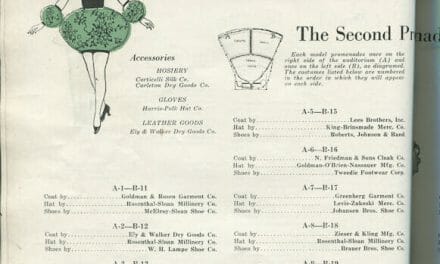


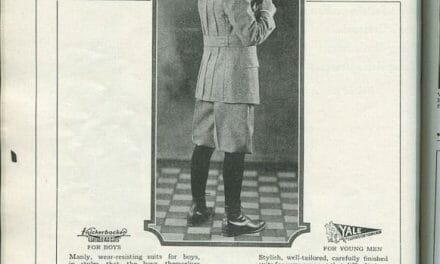
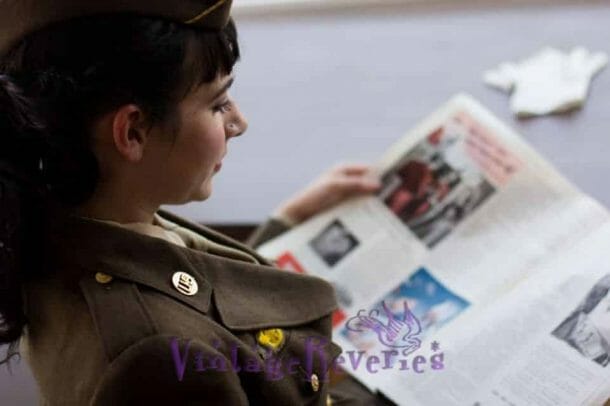
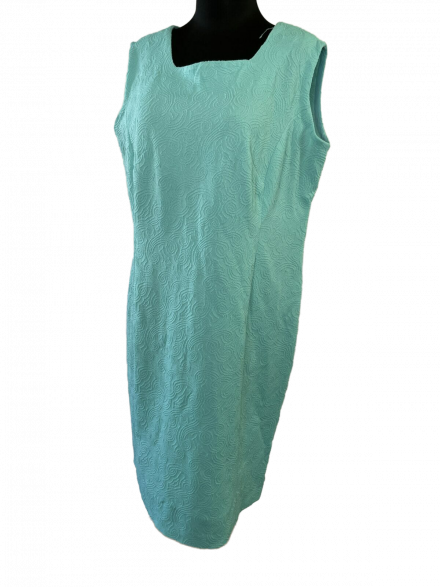




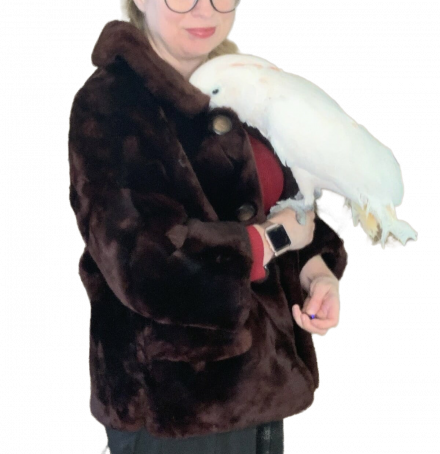

You must be logged in to post a comment.